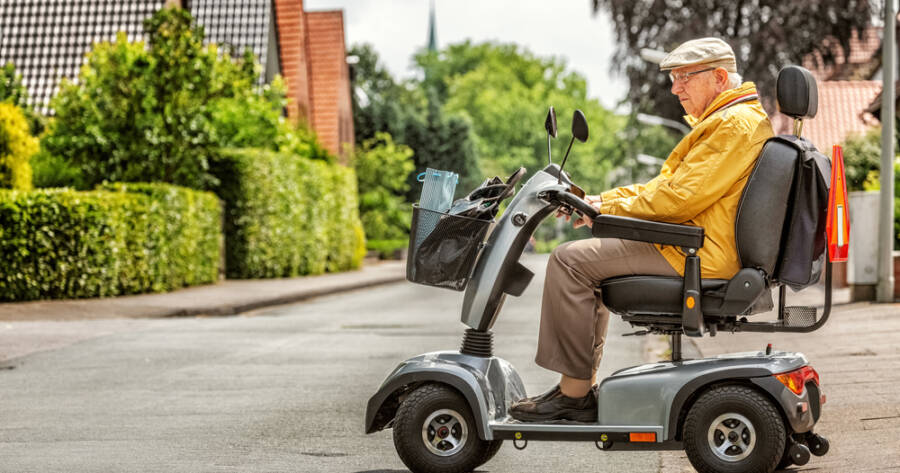Medicare Part B’s coverage of mobility scooters under durable medical equipment is vital for beneficiaries with mobility limitations. Evaluations by physicians confirm medical necessity, followed by a structured approval process. Popular scooter models, financial implications, and supplemental plans are key components to assess, ensuring informed and advantageous decisions for beneficiaries seeking enhanced mobility and independence.
Understanding Medicare Coverage for Mobility Scooters
Medicare Part B covers mobility scooters under its durable medical equipment (DME) category, critical for beneficiaries with limited mobility. To qualify, an individual’s mobility limitations must be evaluated by a physician through a face-to-face meeting, ensuring the device is medically necessary. This assessment typically involves considering alternative aids like walkers or manual wheelchairs before determining the suitability of a power scooter.
The process of obtaining a Medicare-covered mobility scooter involves meeting specific criteria. First, a physician must document that the patient has a significant mobility limitation that cannot be addressed by less costly devices like canes or walkers. Additionally, the patient must be unable to operate a manual wheelchair safely due to limited upper body strength. Once this need is certified, the physician writes a prescription to be submitted to a Medicare-approved supplier.
Popular Scooters Covered by Medicare
Some popular models of scooters covered by Medicare include the Go-Go Elite Traveller and the Maxima 4-Wheel Scooter, each serving different needs. The Go-Go Elite Traveller is designed for indoor use, featuring a compact design, lightweight construction, and non-scuffing tires ideal for home environments. It can be disassembled into five pieces for storage or transport, supporting a weight capacity of 300 pounds.
For those needing a bariatric solution, the Maxima 4-Wheel Scooter provides a robust option supporting up to 500 pounds. Its features include an ultra-heavy-duty drivetrain, adjustable tiller, and large headlights for low-light visibility suitable for indoor and outdoor use. These scooters are designed to accommodate various mobility needs, emphasizing convenience and performance.
Financial Implications and Supplemental Plans
The financial aspect of obtaining a mobility scooter under Medicare involves covering 20% of the approved cost after the Part B deductible, with Medicare Part B funding the remaining 80% once eligibility is confirmed. Costs can vary based on the scooter’s design and features, and it’s crucial to verify that both the physician and equipment supplier accept Medicare assignment to minimize expenses.
To manage out-of-pocket expenses, beneficiaries can explore Medicare Supplement plans (Medigap), which may cover additional costs left by original Medicare. However, coverage specifics can differ significantly between plans, making it essential to understand each plan’s benefits and limitations thoroughly. Remember that some Medicare Advantage plans may offer alternative coverage options or support specific mobility device models, so reviewing plan details is prudent.
Navigating the Approval and Utilization Process
Obtaining Medicare approval for a mobility scooter requires navigating a precise process, starting with a detailed evaluation by a primary care physician. The physician’s documentation must explicitly state the necessity of the scooter, supported by a seven-element order including specific medical conditions, which must be submitted to a DME supplier within 45 days of the consultation for timely processing.
It’s crucial to ensure that the scooter can be safely used within the home environment, adhering to Medicare’s requirements for home accessibility. This step helps ensure the product’s continual approval under Medicare coverage. Furthermore, prior authorization might be needed for certain power wheelchairs, verifying medical necessity and coverage eligibility to prevent fraudulent claims.
Why You Should Learn More About Medicare and Mobility Scooters Today
Understanding the intricacies of Medicare coverage for mobility scooters empowers beneficiaries to make informed decisions regarding their healthcare needs. With various models and support plans available, assessing individual circumstances such as medical necessity, financial responsibility, and plan specifics can greatly influence the best choice of scooter.
By staying informed about the coverage process and benefits under Medicare, individuals can better navigate the system to secure the indispensable mobility aids they require. Seeking guidance from medical professionals and approved suppliers ensures a smooth application and utilization process, enhancing the quality of life for those reliant on these devices.
Sources
Coverage and Specifications of Power Scooters
Medicare’s DME Coverage Guidelines

